Signalers are a crucial part of all crane operations. The signaler acts as the eyes for the crane operator, especially in situations where the crane operator is unable to view placement/movement of the load. It’s important that the signaler has an unobstructed view of both the load and the crane operator.
Below are some of the most commonly used crane signals:
 Stop
Stop
With your arm extended and palm facing down, move your arm back and forth horizontally. To signal an emergency stop, use both arms.
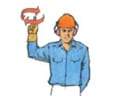 Hoist
Hoist
With your forearm vertical and your pointer finger pointed up, move your finger in a small circular motion.
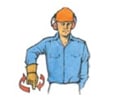 Lower
Lower
With your forearm and pointer finger pointed down, move your finger in a small circular motion.
 Raise Boom
Raise Boom
Extend your arm away from your body, and point your thumb up with your fingers closed.
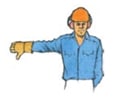 Lower Boom
Lower Boom
Extend your arm away from your body, and point your thumb down with your fingers closed.
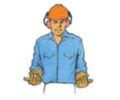 Extend Boom
Extend Boom
Place your fists in front of your body with your thumbs pointed outward.
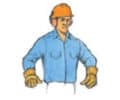 Retract Boom
Retract Boom
Place your fists in front of your body with your thumbs pointed inward.

Swing
With your arm extended away from your body, use your pointer finger to indicate the direction the boom should swing.

Move Slowly
Use one hand to give any motion signal (hoist, raise, etc.) and place your other hand motionless in front of the hand signal.
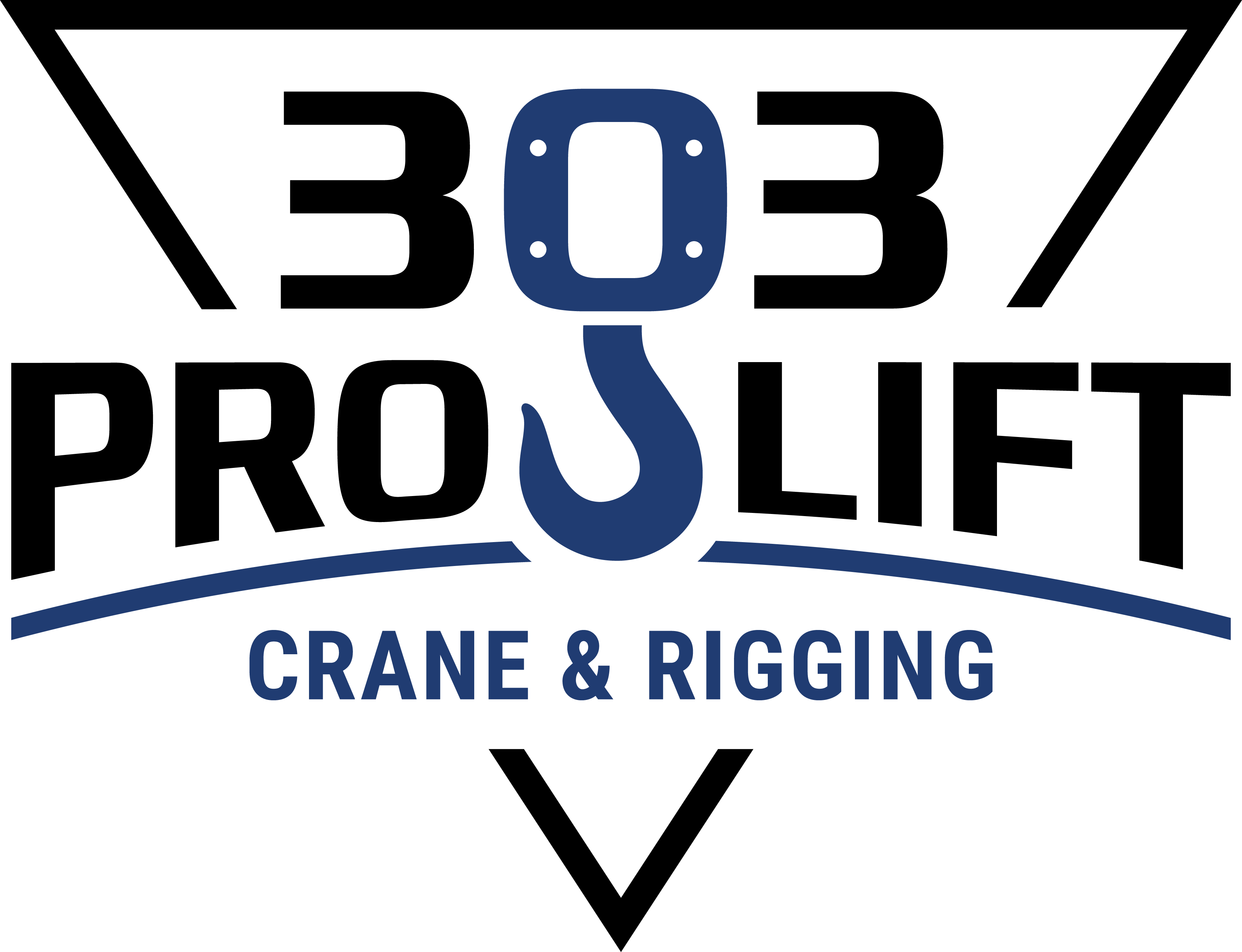



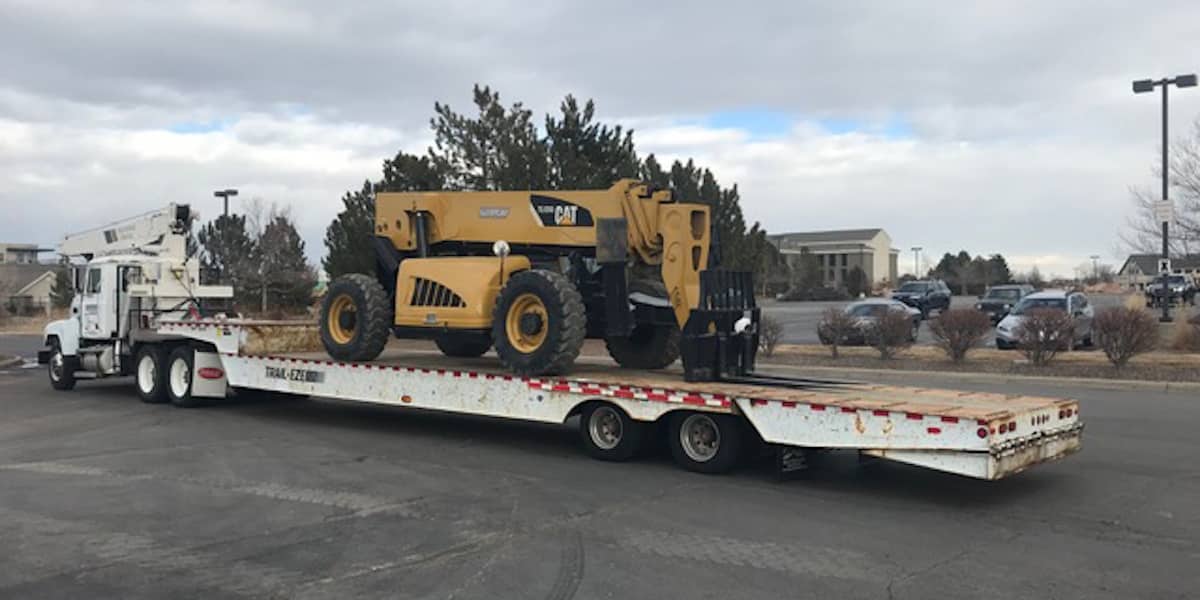
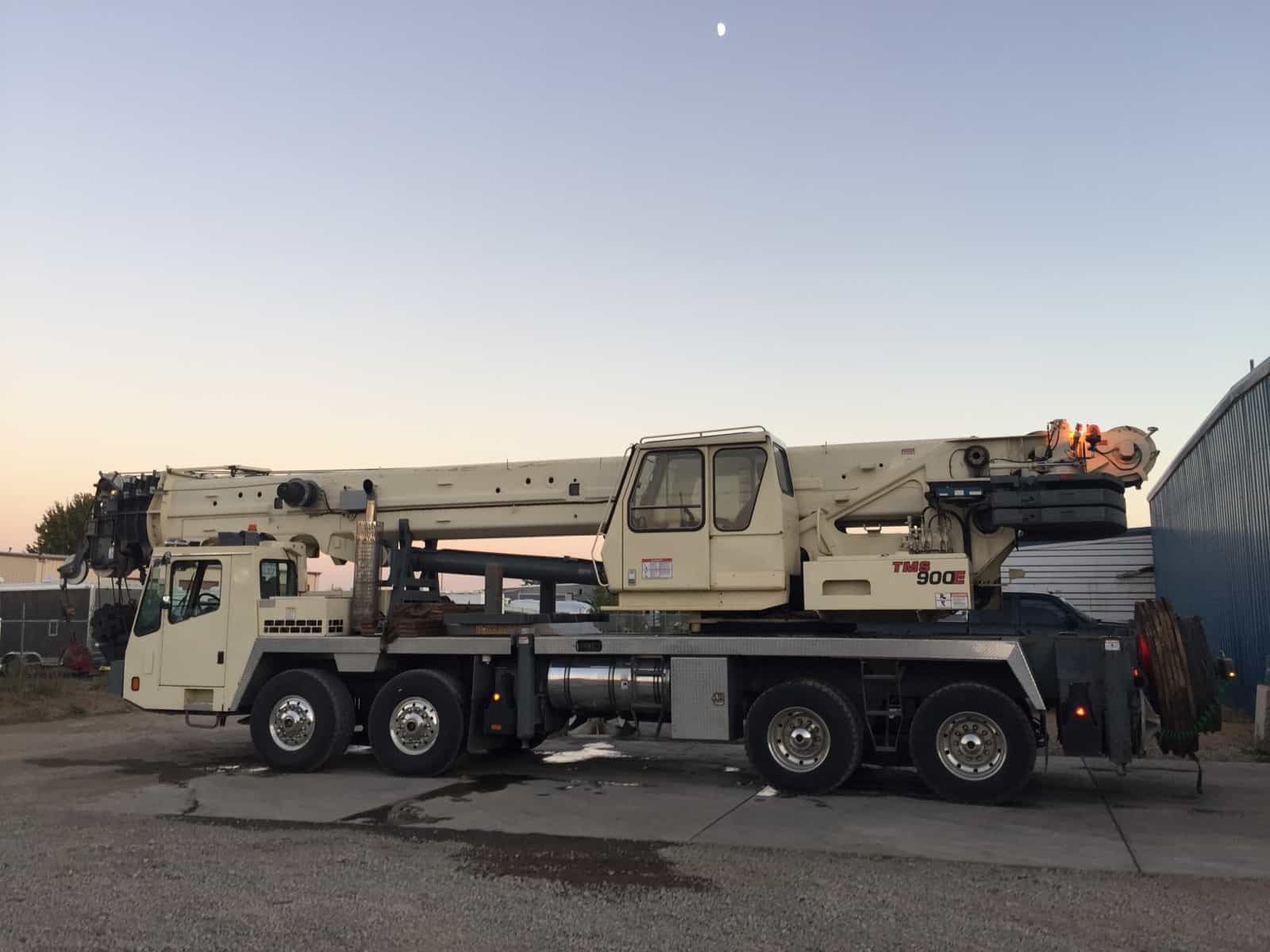
2 Responses
Thank you. Well illustrated!
Amazing………………….I love the post. it really helps, love the illustration, vivid and clear.